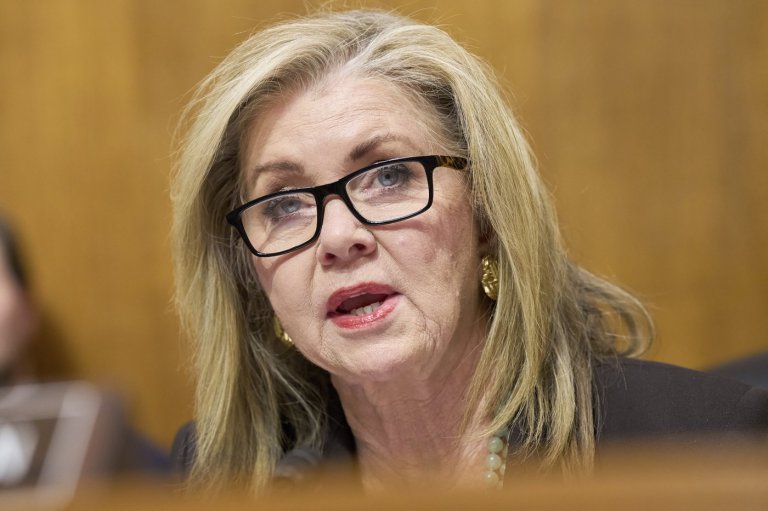China and India agree to work on solution to their border dispute in the Himalayas
BEIJING, China (AP) — China and India agreed Wednesday to work toward a solution to their long-running border dispute in the Himalayas after a military standoff that began with a deadly clash in 2020.
The development follows a pact on border patrols the two Asian giants reached in October, which finally broke a stalemate that started with the clash in the Ladakh region. The clash was the first deadly confrontation between India and China since 1975 and sent tensions soaring.
A statement from China’s Foreign Ministry after talks between the special representatives on border issues — Chinese Foreign Minister Wang Yi and Indian National Security Advisor Ajit Doval — said the two sides would seek “fair and reasonable” solutions and formulate a roadmap, undertaking the easier steps first and dealing with the tough ones later.
The October border pact was followed days later by a meeting between Chinese leader Xi Jinping and Indian Prime Minister Narendra Modi, their first in five years.
Wang and Doval called for continued implementation of the border patrol agreement and said the two countries would strengthen cross-border exchanges, including the resumption of trips by Indian pilgrims to Tibet, the Chinese statement said.
Join the Conversation!
Want to share your thoughts, add context, or connect with others in your community? Create a free account to comment on stories, ask questions, and join meaningful discussions on our new site.



















Leave a Reply
You must be logged in to post a comment.